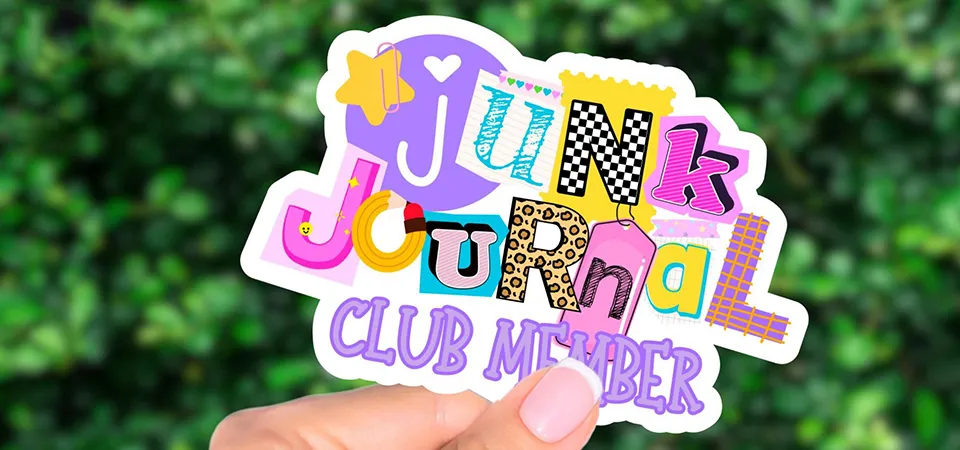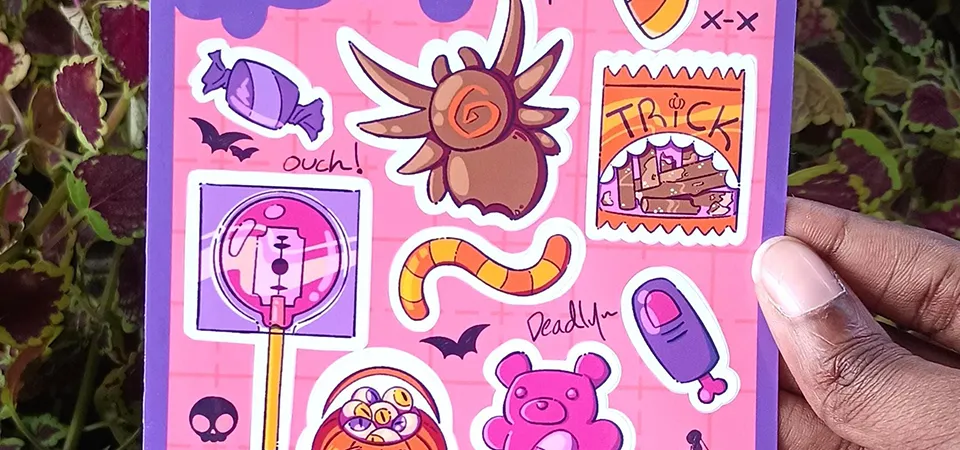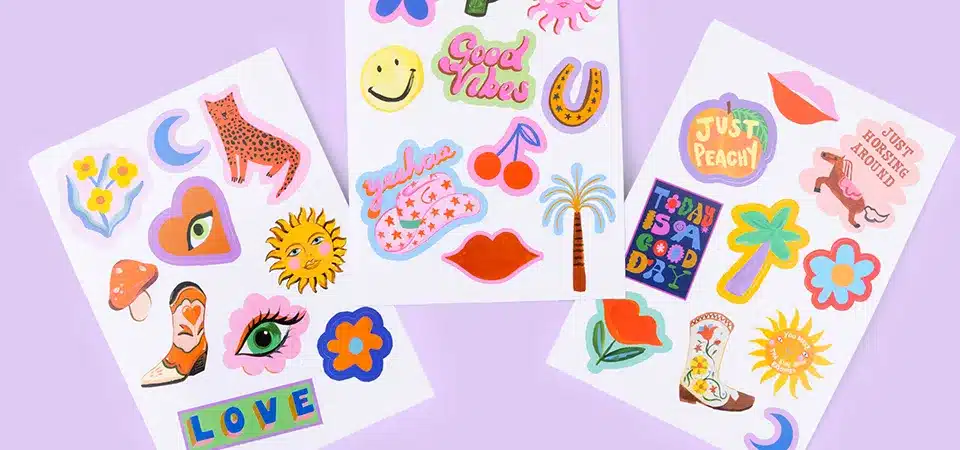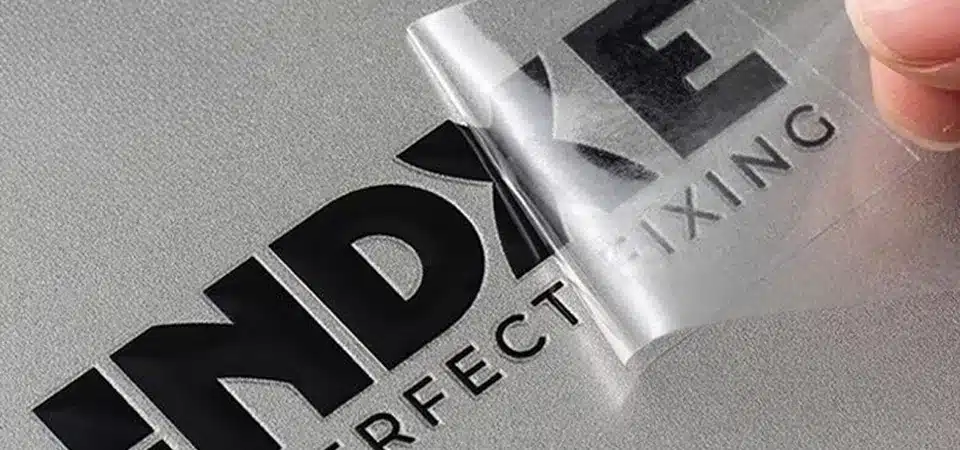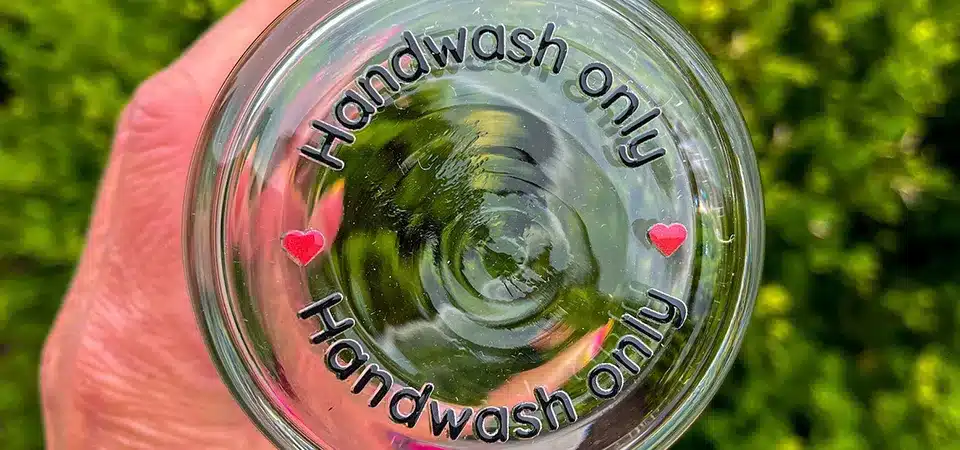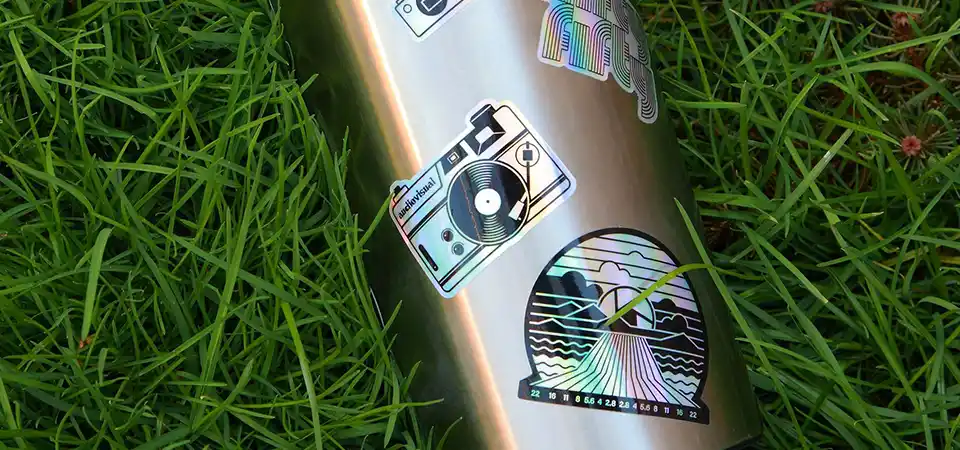You see stickers everywhere, but who actually invented them? It's a simple question with a surprisingly deep history. Without the answer, you're missing a key piece of modern branding's story.
The modern self-adhesive sticker was invented in 1935 by R. Stanton Avery. He created the first commercially successful peel-off label, revolutionizing industries by making it easy to apply labels without needing moisture or glue. His invention is the direct ancestor of every sticker we use today.
So, the clear-cut answer is Avery in 1935. But that's just one part of the story. The idea of sticking one thing to another to share information is much, much older. In my line of work, I see how stickers have evolved into everything from product labels to art pieces, and their history has some fascinating twists. Let's peel back the layers and explore the sticker's entire journey.
Meet the Father of the Modern Sticker: R. Stanton Avery
You think a sticker is simple, right? But the genius behind its peel-and-stick design is often overlooked, making his breakthrough seem less revolutionary than it truly was.
R. Stanton Avery invented the first self-adhesive label in 1935. Using a mix of machine parts, he created a pressure-sensitive label with a peel-off backing that could be die-cut, making it the first modern, commercially viable sticker and launching a multi-billion dollar industry.
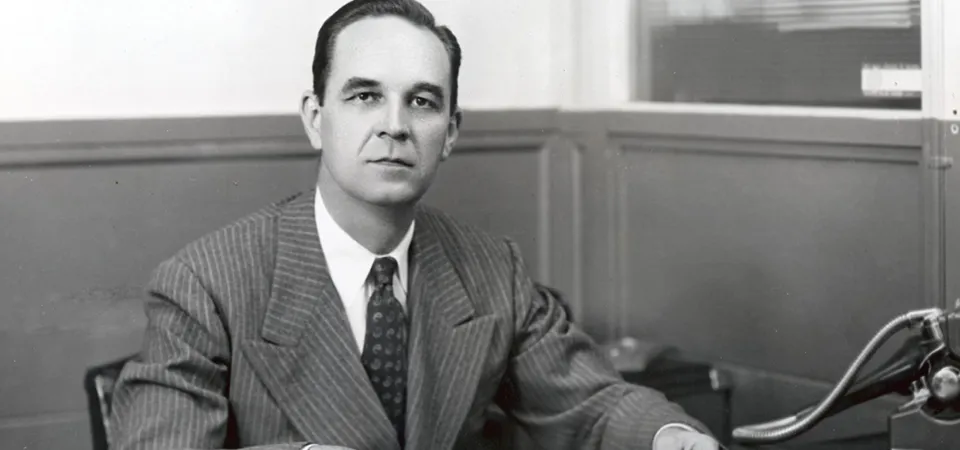
Before Avery, labels were messy. You had to use a glue pot or moisten a gummed back, like on a postage stamp. It was slow and inconvenient. R. Stanton Avery, an entrepreneur from Oklahoma, saw a better way. With a $100 loan and a mix of parts—including a motor from a washing machine—he built the first machine to create self-adhesive, die-cut labels. He called them "Kum Kleen" labels, and they launched his company, which would eventually become the Avery Dennison Corporation. His invention of a "pressure-sensitive" adhesive with a removable backing was the game-changer. It meant you could just peel and stick. As a printer, I know a good adhesive is everything. Avery didn't just invent a product; he invented an entire industry. His birthday, January 13th, is now celebrated as National Sticker Day.
Were There Ancient Stickers?
You probably think of stickers as a modern invention. But this simple technology has roots going back thousands of years, a fact that most people have no idea about.
Yes, early forms of adhesive labels existed in ancient times. Archaeologists have found evidence of paper labels stuck with a basic adhesive in ancient Egyptian marketplaces. These were used to mark prices and identify goods, making them the earliest known ancestors of the modern sticker.
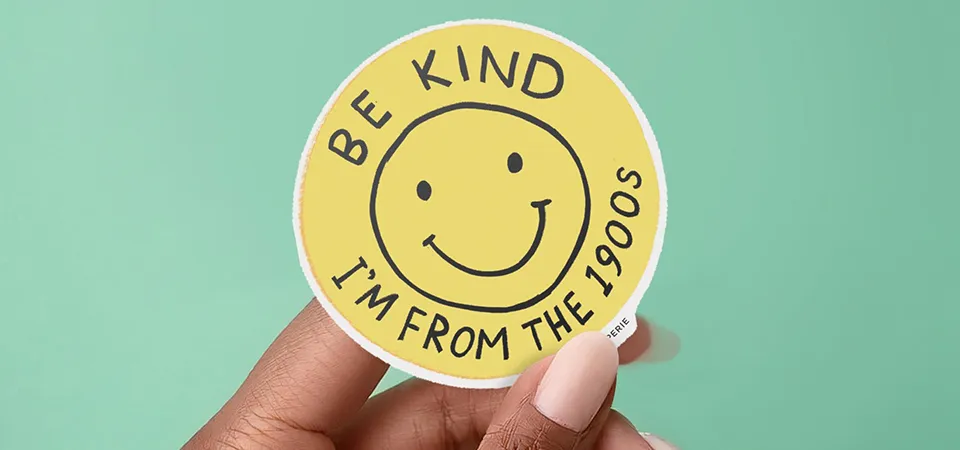
Long before Avery's peel-and-stick revolution, people needed a way to label things. In the bustling markets of ancient Egypt, merchants would apply pieces of papyrus to their goods using crude pastes made from animal or plant products. These weren't the durable, easy-to-use stickers we have today, but they served the same basic purpose: to identify and price a product. Fast forward to the 1700s, and we see the origin of the "decal" in France. This involved a more complex transfer method where an image was printed onto tissue paper and then pressed onto a surface, but it still speaks to the long-standing desire to apply graphics to objects. These early examples show that the need for stickers—for commerce, for information, for decoration—is not new. It's a fundamental human need that I see every day when my clients order labels for their businesses.
What was the Postage Stamp Revolution of 1839?
Before 1935, applying a label was a messy, inconvenient job. But one major invention in the 1800s paved the way for stickers by making adhesive paper a part of everyday life.
In 1839, Sir Rowland Hill introduced the world's first adhesive postage stamp in Great Britain, the "Penny Black." This was a gummed paper label that you had to lick or wet to activate the glue, marking the first time self-adhesive paper was used on a massive scale.
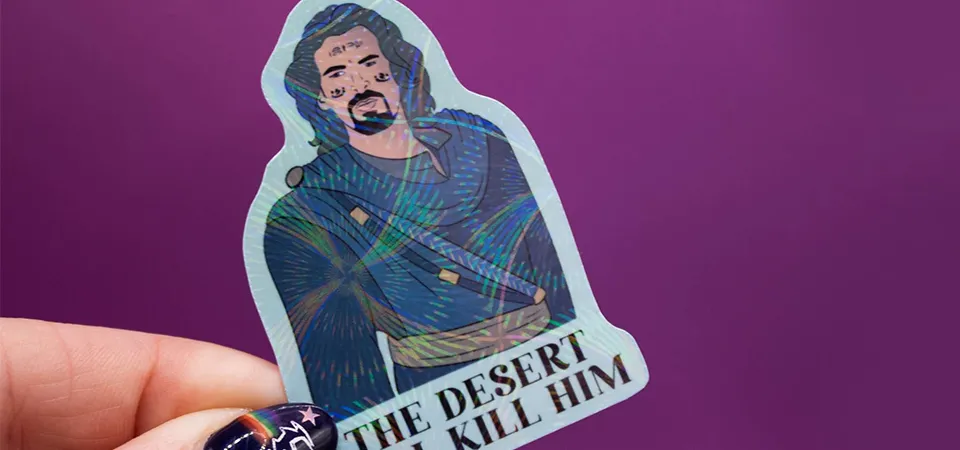
The postage stamp was a game-changer. Before it, mail was chaotic and expensive. Sir Rowland Hill's invention of a pre-paid stamp democratized communication. But just as importantly, it introduced the world to the idea of a mass-produced adhesive label. These stamps used a "moisture-activated" adhesive on the back. While still a bit messy—requiring licking or wetting—they were a huge leap forward. Suddenly, millions of people were using small, sticky pieces of paper to send messages across the globe. This invention was a critical stepping stone toward the modern sticker. It solved the problem of mass-producing and distributing adhesive paper. R. Stanton Avery's genius, almost a century later, was in solving the convenience problem: he got rid of the water and added the peel-off backing.
How Did Stickers Evolve After 1935?
Stickers started out as boring, functional labels for pricing guns. But they exploded into a pop culture force, and if you don't know how, you're missing a key part of marketing history.
After Avery's invention, stickers moved from purely functional labels to powerful tools for marketing, branding, and personal expression. By the 1960s, advances in printing allowed for colorful, fun designs, turning stickers into collectibles, pop art, and a staple of counter-culture movements.
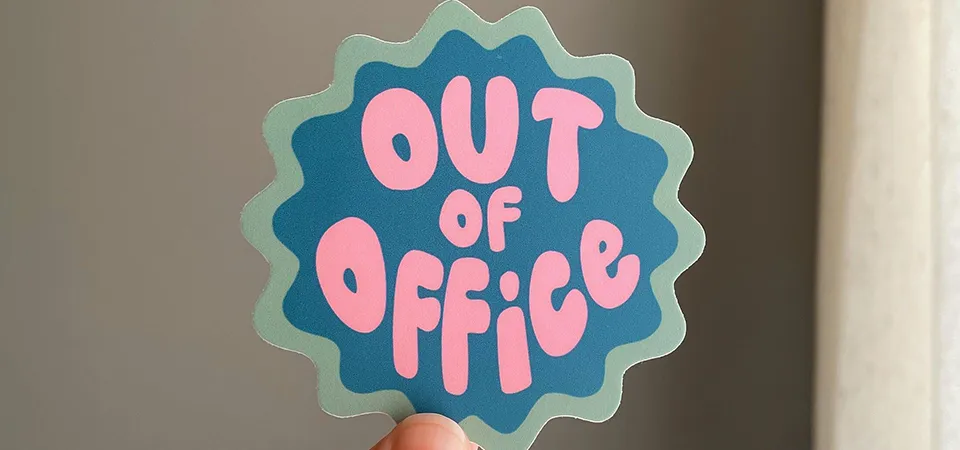
For the first couple of decades, stickers remained mostly in the commercial world for pricing, product labeling, and shipping. But in the second half of the 20th century, everything changed. In the 1960s, printing technology improved, making it cheaper to produce vibrant, full-color designs. This is when the word "sticker" really took off for decorative use. Suddenly, we had bumper stickers for political campaigns and funny slogans. The 1970s brought us scratch-and-sniff stickers, adding a new sensory dimension. In the 1980s and '90s, stickers became a cornerstone of youth culture through collectible albums like Panini, skateboard brands, and band merch. Stickers were no longer just labels; they were a way to show the world who you were. Today, this evolution continues with durable vinyl materials, holographic finishes, and even digital stickers.
Why Do We Love Stickers So Much?
It's just a piece of sticky paper, right? But stickers have a strange psychological power over us, and without understanding why, you can't fully use them to promote your brand.
We love stickers because they are a cheap, easy, and powerful form of self-expression. They let us customize our belongings, show our loyalty to brands or artists, and communicate our identity and interests to the world without saying a word.
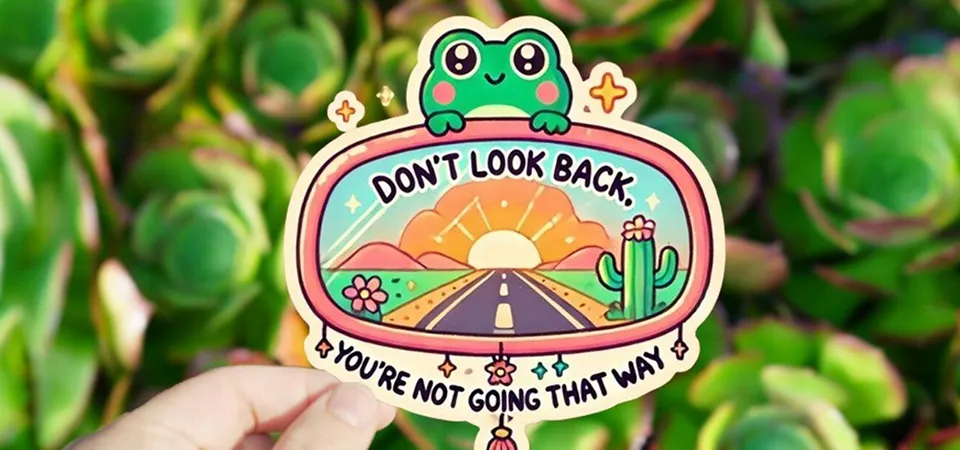
A sticker transforms a generic object, like a laptop or water bottle, into something that is uniquely ours. It’s a way to broadcast our personality, our sense of humor, our allegiances, and our passions. Think about it: a sticker from a favorite coffee shop, a band, or a national park is a badge of honor. It says, "I'm part of this tribe." This creates a powerful emotional connection. For many of us, that connection starts in childhood with sticker books, and it never really goes away. From a business perspective, this is marketing gold. When a customer chooses to put my client's logo on their personal property, it's not just a sticker—it's a public, personal endorsement. That’s why the quality of that sticker matters so much. It's a small but mighty ambassador for your brand.
Conclusion
From ancient price tags to Avery’s 1935 invention, stickers have a rich history. They evolved from simple labels into a powerful tool for business, art, and self-expression.

